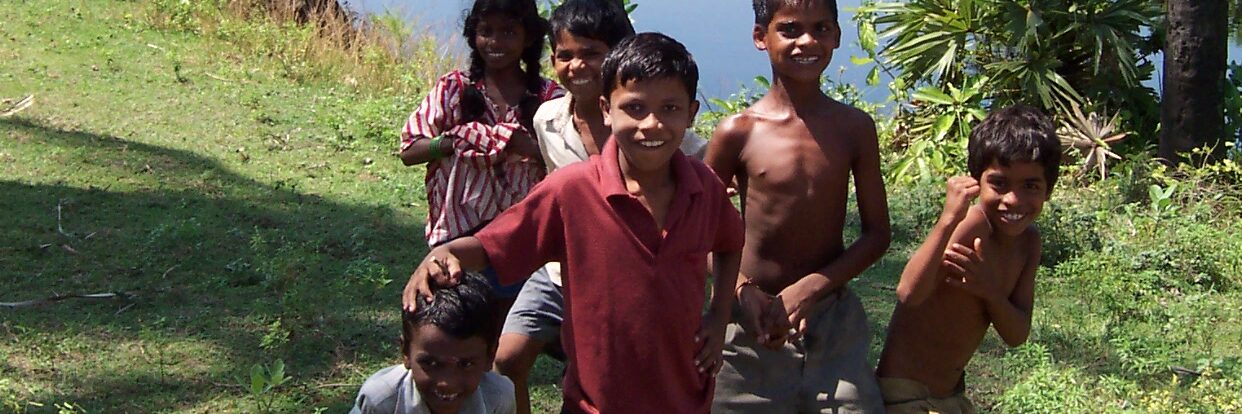2011-9-27
Sumana Narayanan
downtoearth.org.in
Carcinogens found in effluents leaking from company’s PVC plant in Mettur
Twice in the past five months, residents near Mettur in Tamil Nadu have noticed liquid seeping from under the compound wall of Chemplast Sanmars PVC plant into the drain running alongside the wall. There was a terrible smell coming from the drain. The recent rains had flushed out the effluent and due to the gradient, the effluent flooded some fields that had been freshly planted with millets. Residents took water samples both times from the drain. The results from the samples taken in May show high levels of chemicals including carcinogens in the water.
The drain leads into a canal which eventually connects to the Kaveri river, a major source of drinking water and irrigation in central Tamil Nadu. But Chemplast Sanmar says its Mettur unit follows zero liquid discharge (ZLD) norm, which means no liquid effluent leaves the premises. ZLD systems have been working since September 2009, says the company. It has won awards in 2010 from the Confederation of Indian Industry (CII) for its water management.
The samples, tested by a laboratory in Chennai showed high levels of ethylene dichloride
1,1,2-trichloroethane levels in the effluent were 88 times in excess of USEPA standard
Of the chemicals found in the samples, several were carcinogens such as ethylene dichloride, ether and chloroform.
An analysis of the results by Mark Chernaik, scientist with the Environmental Law Alliance Worldwide (ELAW), states that the levels of ether and chloroform, among others, are also well above the USEPA standards for surface waters that are used for fishing and are a drinking water source The (Kaveri) river is so contaminated that calves die after drinking the water, dead fish keep floating up in large numbers, say farmers
While results of tests run on the samples lifted in August are awaited, the data from the May samples indicate that ZLD is not being implemented. The samples, tested by a laboratory in Chennai, showed high levels of ethylene dichloride at 4,000 micrograms per litre (µg/l). India has no standards for ethylene dichloride but the US Environmental Protection Agency (USEPA) standards puts the limit at 374 µg/l daily. In addition, 1,1,2-trichloroethane levels in the effluent were 88 times in excess of USEPA standard. Of the chemicals found in the samples, several were carcinogens such as ethylene dichloride, ether and chloroform. An analysis of the results by Mark Chernaik, scientist with the Environmental Law Alliance Worldwide (ELAW), states that the levels of ether and chloroform, among others, are also well above the USEPA standards for surface waters that are used for fishing and are a drinking water source. ELAW is a network of public interest lawyers.
The farmers complained to the Tamil Nadu state pollution control board (TNPCB). “TNPCB took samples and came out with a report saying everything was okay. The samples were tested six weeks after their report. And they were tested only for basic parameters like COD, chlorine, and total dissolved solids (TDS). Even though these were high, the board said the plant was following the norms,” says Jayaraman. TNPCB declined to discuss the matter, and suggested information could be had only if a right to information application is filed.
In its press release of December 2010, Chemplast says ZLD technology has cost them Rs. 27 crores with an operational cost of Rs. 6 crores/year. ZLD is purportedly recovering 97 per cent of the water by using reverse osmosis (RO) and multiple vacuum compression evaporators. “These allegations (of effluent contamination continuing) are false. Our ZLD is state of the art and has been approved by the TNPCB who monitor the plant. There is no solid waste either. The RO reject is only common salt which is used for making caustic soda,” says S Gopal, managing director of Chemplast Sanmar. “We also provide some 30 lakh litres of water everyday, free of cost, to the surrounding villages,” he adds.
Farms destroyed; water sources contaminated
The community however says this munificence is because Chemplast has already contaminated the ground and surface water in the area, making it unfit for drinking. “The river is so contaminated that calves die after drinking the water, dead fish keep floating up in large numbers. Yet this water is supplied to a large area. Even Salem will receive this water now,” says T M Ganesan, a farmer and resident of Thippampatti, located close to the PVC unit. A salt dump in the companys land has leached into the groundwater, making all the wells in the villages highly saline. “Farming is difficult now but we cant leave our lands so we struggle along, earning what we can from coolie work,” adds Ganesan. “The salt godown has been there since the company began operations in 1936. With the salinity increasing, water in Saraikaadu is unusable,” adds Jayaraman.
The farmers association in the area, the West Gonur Farmers Welfare Association, has filed complaints with the Loss of Ecology Authority (in 2006) to get compensation for farmland destroyed by effluent discharge. They also have cases pending before the Madras High Court (in 2002) and the now defunct National Environment Appellate Authority (in 2008). “These are pending for several years now but we have not received any compensation or help. The cases are brought by people who can afford to take this route but for most of the 5,000 plus affected, the legal route is out of reach,” says Ganesan.
——————————————————————————–
Source URL: http://www.downtoearth.org.in/content/chemplast-claims-about-zero-liquid-discharge-false
